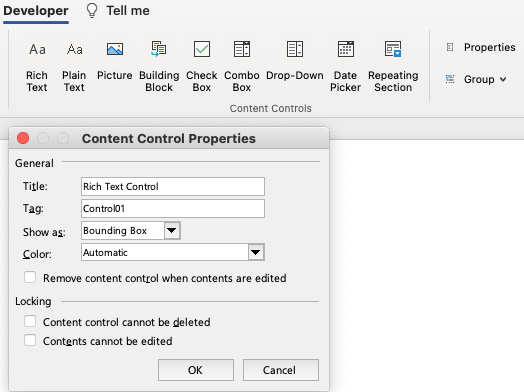In the years I’ve spent creating great documents for companies, its become painfully obvious that the best practices are unknown to design professionals. Almost all of the files we receive as source material, whether they have been created by graphic artists or end user, are badly constructed and unreliable.
Best Practices are not about looks
I’m not talking about aesthetics. The documents created by artists are usually quite pretty. I’m talking about how well they are constructed. Most artist-created Office documents are like beautiful houses built on sub-standard foundations. It just takes a little tremor to make them crumble.
This is not the fault of the users or artists. There is no leadership from Microsoft or Adobe. There’s no awareness of this issue at educational institutions. There is some good information from the web community, but you have to seek it out and discern good from bad advice. This is why I have started this blog, to create a place for sharing proven best practices for document creation.
This will not be a hard and fast set of rules. There are always many ways to solve problems and I’m always discovering new creative solutions to seemingly intractable problems, both through my own work and by looking at the work of others. My guiding philosophy is to always picture the end user. What will make their life easier? How can I create a document that will be so easy to use and bullet-proof, it disappears? Disappears in the sense that it becomes a conduit for the user’s efforts instead of an impediment to their work.
I hope you will find this journal useful and informative. I hope it will let you work better. And I hope it will remind you to always look at your work from your clients or users point of view.

